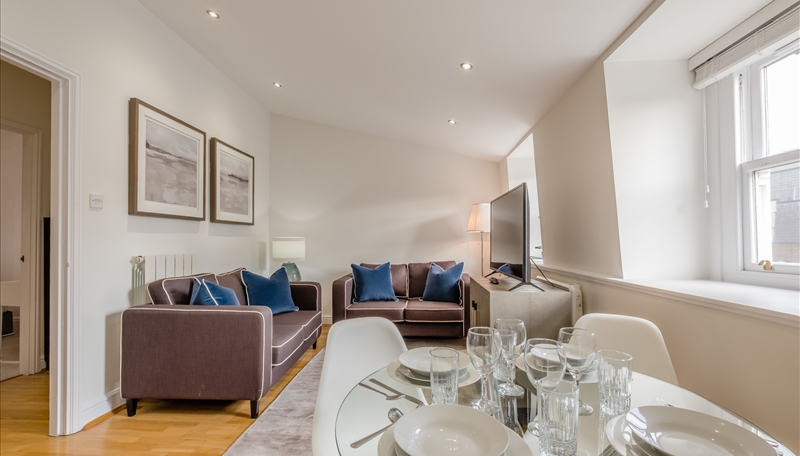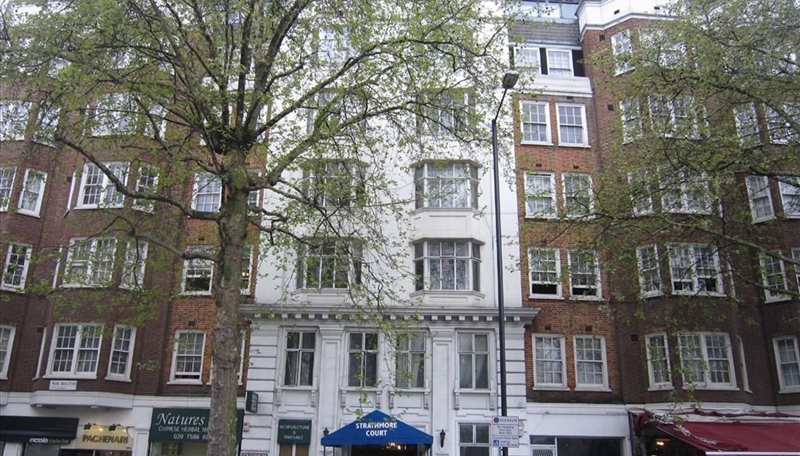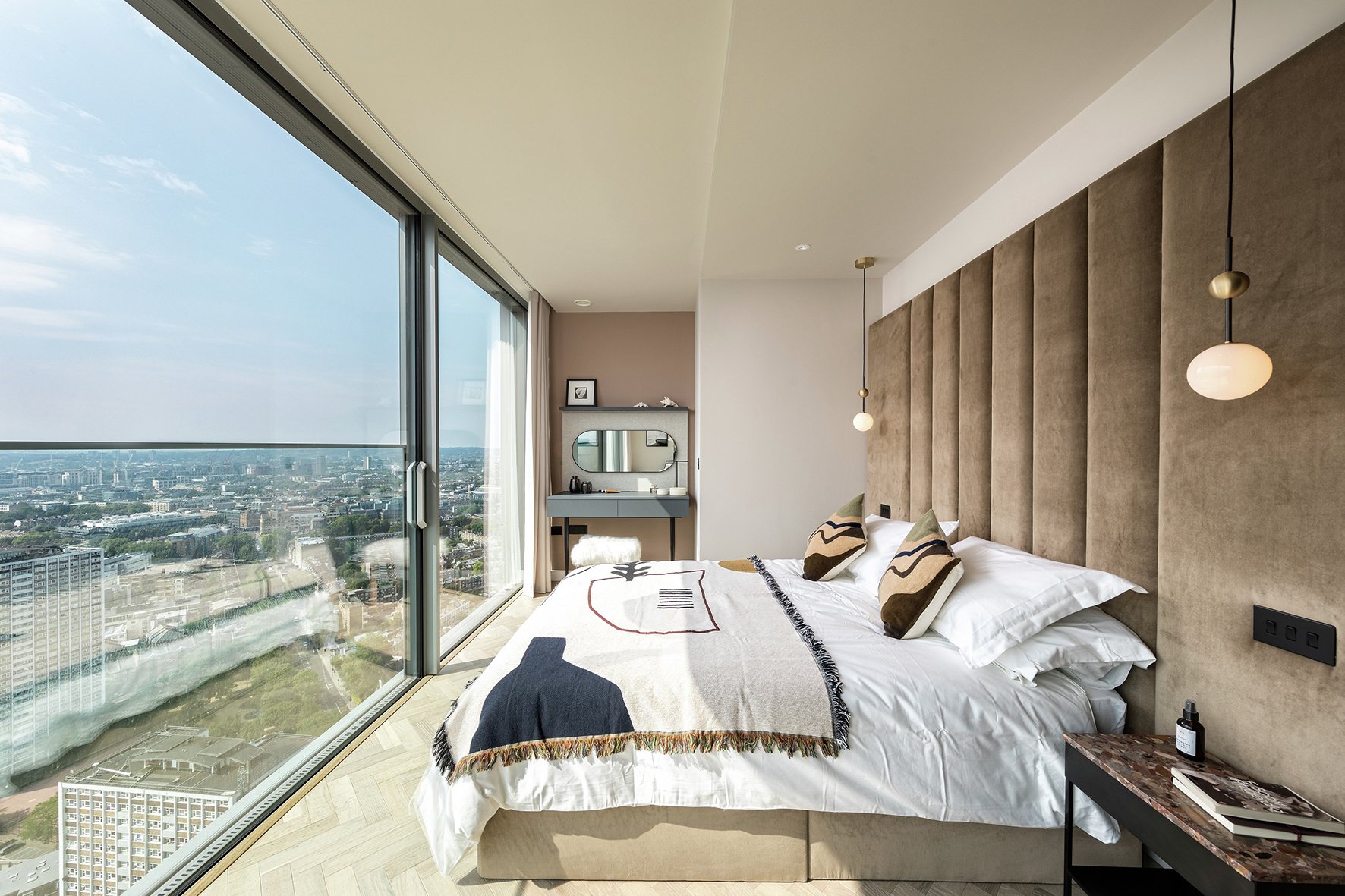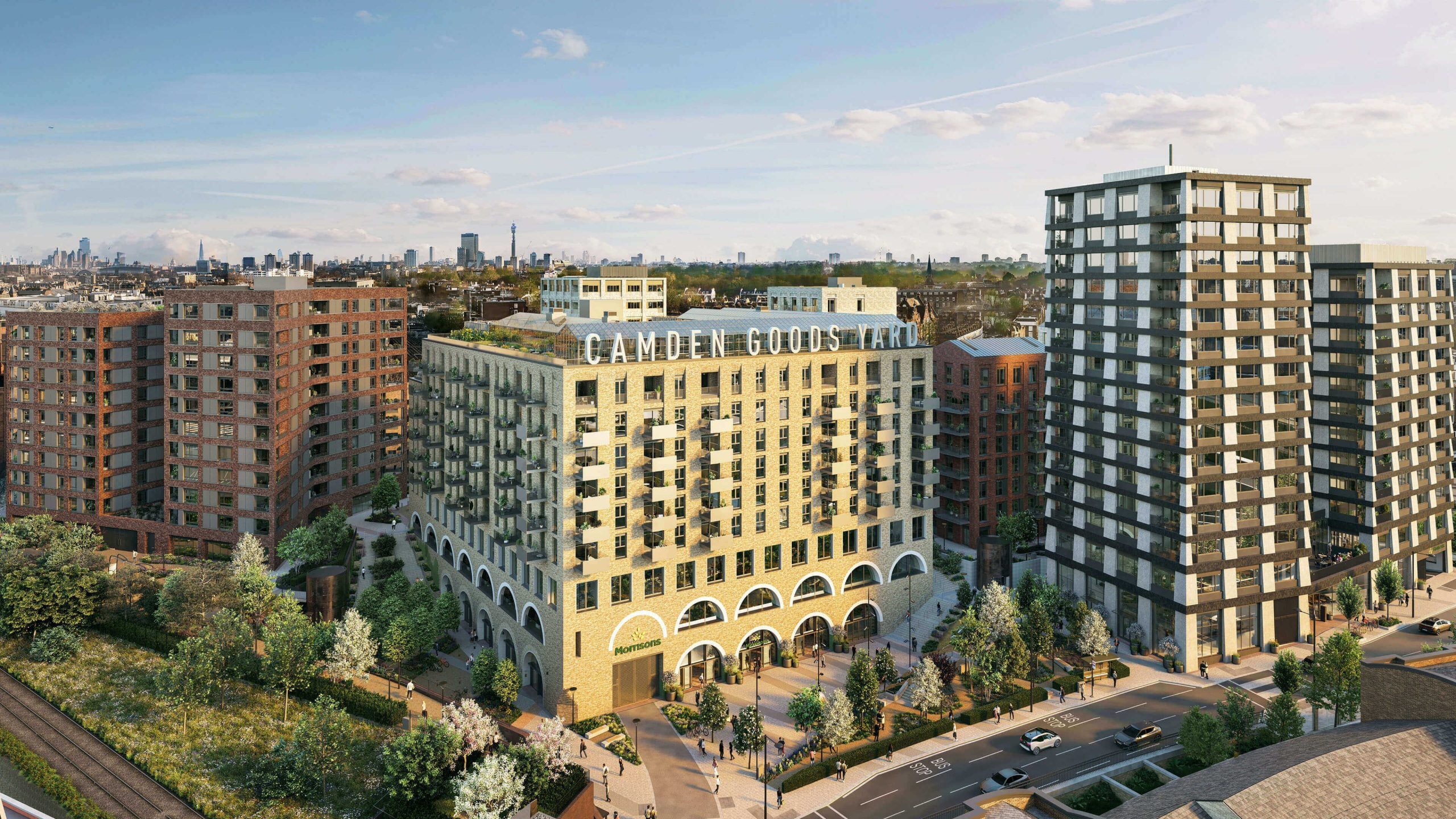Stability, Heritage, and Prime North London Investment.
Islington represents the pinnacle of established, low-volatility London real estate. Defined by its protected conservation areas, Georgian squares, and world-class retail, it appeals to long-term investors seeking capital preservation and strong rental stability.
Investment focuses on quality period conversions and select luxury new-builds, offering stable yields and high demand from affluent, discerning tenants.
Investment Metrics: Islington’s Established Prime Market
A data snapshot reflecting the long-term, stable value proposition of an established London borough.
| Metric | Detail | Implication | Investment Focus |
|---|---|---|---|
| Asset Type Dominance | Georgian & Victorian Terraces/Conversions | Rarity and architectural merit ensure long-term value resilience, mitigating development risk. | Capital Preservation |
| Gross Rental Yield (Indicative) | 3.0% – 3.8% | Lower volatility and premium rents driven by a stable, high-income tenant pool. | Income Stability |
| Key Demand Driver | Proximity to City/Clerkenwell & Quality of Life | Tenant demand is structural, driven by centrality and cultural amenities, not singular infrastructure projects. | Occupancy & Rents |
| Micro-Market Variance | Angel, Barnsbury, Highbury & Canonbury | Significant price and character variations require specialist knowledge of micro-locations. | Targeted Acquisition |
Architectural Transformation: Heritage Assets and Enduring Value
The Character of Islington Real Estate
Islington’s property market is defined by its architectural past, protected by stringent planning regulations that limit new supply and preserve the streetscape. The focus is on quality restoration and preservation:
- Conservation Status: Much of Islington falls under conservation status, ensuring the neighborhood’s aesthetic and value are protected from overdevelopment.
- Period Features: High ceilings, original fireplaces, and large sash windows are key premium drivers, attracting tenants seeking traditional London charm combined with modern specification.
- The Georgian Square Premium: Properties fronting garden squares (e.g., Barnsbury Square) command a significant premium due to the exclusive communal space and high demand.
Investment here is a commitment to a proven, established asset class where scarcity and heritage underpin value.
Micro-Market Differentiation
Islington is a collection of distinct villages, each commanding different pricing and tenant profiles:
- Angel: Closest to the City and the primary retail hub (Upper Street). Dominant market for corporate apartments and high-end retail.
- Canonbury & Barnsbury: Known for grander family houses and leafy residential streets. Represents the highest tier of family-oriented investment.
- Highbury: Offers larger properties and is highly desirable due to its proximity to Highbury Fields and excellent schools, appealing to long-term family rentals.
A successful Islington investment strategy requires a nuanced understanding of these neighborhood dynamics and their respective rental markets.
Lifestyle and Connectivity: Seamless Access to Prime London
Islington offers a unique combination of quiet residential charm with immediate, efficient connectivity to the City of London and the West End.
Unrivalled Transport Links
Islington’s Zone 1/2 location ensures minimal commute times to London’s major business districts, making it highly attractive to top-tier professionals:
- Northern Line: Angel and Highbury & Islington stations offer rapid access to Bank (for the City) and Kings Cross.
- Overground & Victoria Line: Highbury & Islington acts as a major interchange, providing north-south and east-west links, a significant draw for commuters.
- Walkability: The area is highly walkable, with many residents commuting on foot or by bicycle to nearby Clerkenwell and the eastern fringes of the City.
This centrality provides a reliable buffer against market fluctuations common in less well-connected areas.
Cultural and Retail Hub
The cultural life of Islington is a primary tenant driver. The area successfully blends traditional London pubs with high-end dining and independent retail:
- Upper Street: Known as Islington’s ‘high street,’ it features a dense cluster of acclaimed restaurants, independent boutiques, and theatres (e.g., Almeida Theatre).
- Green Space: Despite its centrality, Islington retains extensive green spaces, including Highbury Fields and the Regent’s Canal towpaths.
- Education: The proximity to highly-rated private and state schools is a crucial factor for long-term family tenancies in the larger property sectors.
Islington Investor FAQ
What are the main risks associated with period properties?
Primary risks include higher maintenance costs, especially roof and plumbing, and navigating planning restrictions within conservation areas for external renovations. These are generally offset by lower vacancy rates and higher capital appreciation.
How does Islington’s market differ from Canary Wharf or Nine Elms?
Islington is a ‘stability’ market; it lacks the sharp, infrastructure-led growth of regeneration zones but offers lower capital volatility, higher rent certainty, and a more established, culturally rich living environment.
Are leasehold or freehold properties more common?
Many houses are freehold, but most apartment conversions are leasehold. Given the high values, lease extensions should be factored into long-term financial modeling. Freehold acquisitions are premium assets.
What is the typical tenant profile?
The tenant profile is highly stable, consisting of long-term high-net-worth individuals, established professionals, and families seeking residency near the City of London and Islington’s prestigious schools.
*This content is an optimised narrative incorporating structured investment data and intelligence for the Islington residential zone.*
Secure a Piece of North London’s Heritage.
Request the Exclusive Islington Heritage Report.
Access detailed analysis on conservation values and prime micro-markets.
Speak to an Islington Specialist View Available Properties




